X
Electric hoists represent their own machinery, strength, and toughness, while the stage is elegant, flowing, and soft, with conflicts and collisions between the two.
Our stage electric hoist export using two packaging methods, can apply to different transportation, we will according to the transportation speed, transportation costs, transportation convenience, rec
Category : V7 Stage Electric Series
Get a Quote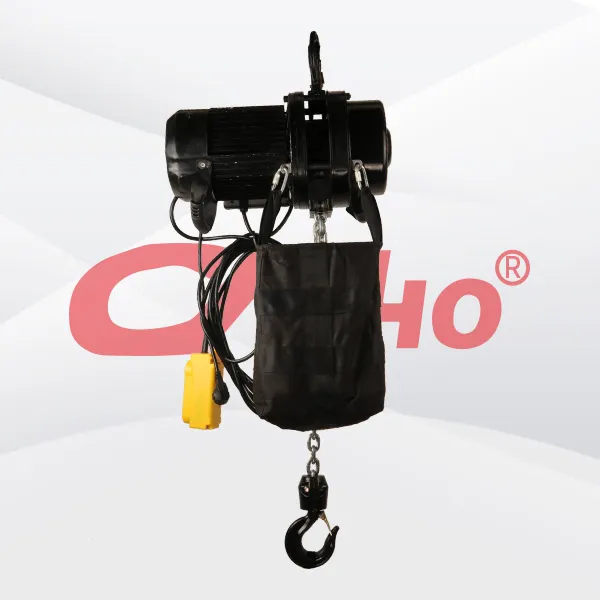
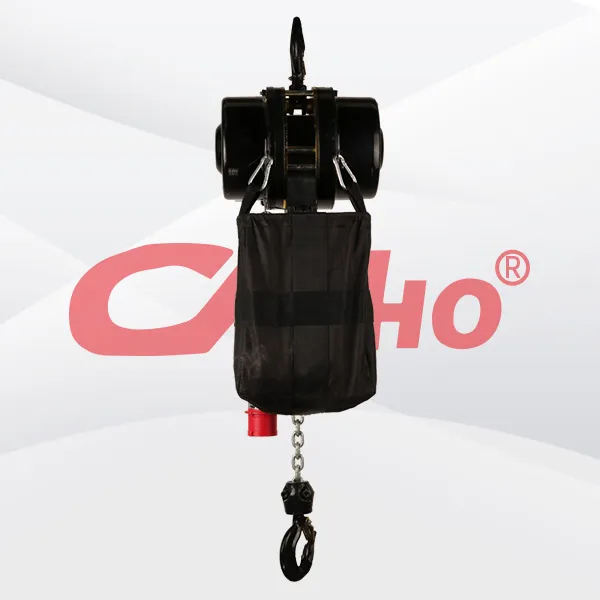



Product Details
- If the outer shell of the electric hoist is electrified, check whether the insulation of the motor or electrical components is damaged. Disconnect the circuit section by section to find the grounding point and carry out insulation treatment. If the insulation resistance is normal, it may be due to reasons such as induced electricity. The running track and all non - energized metal parts should be reliably grounded.
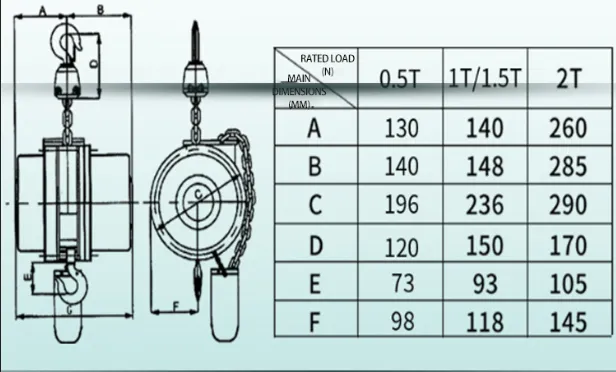
RELATED PRODUCTS .
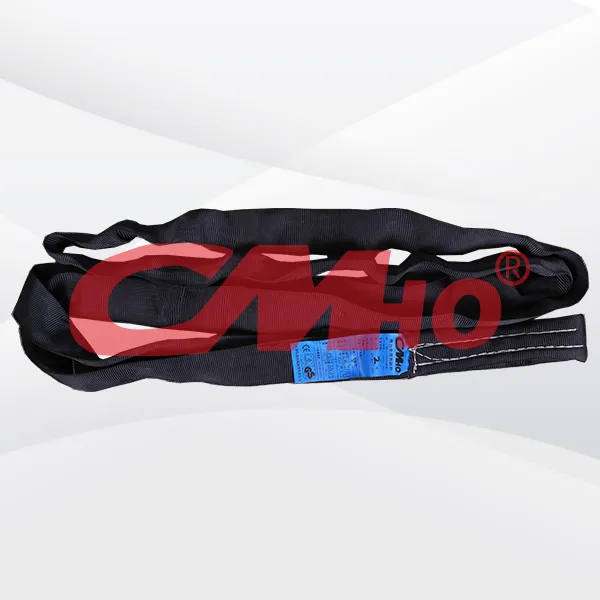
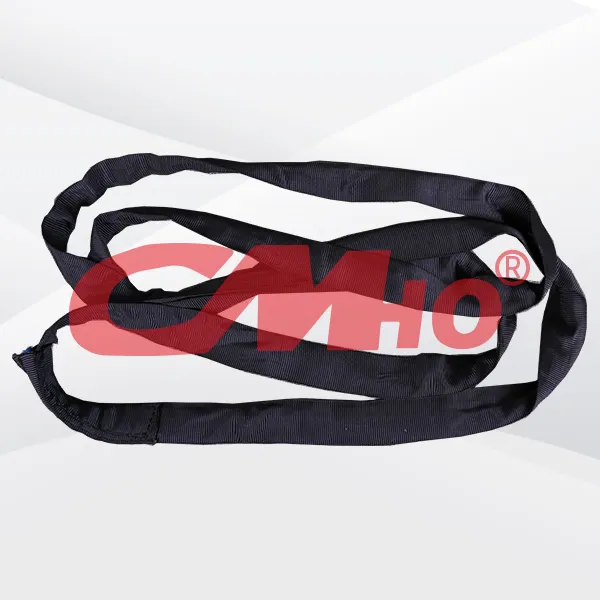
The polyester black lifting sling also features non-conductivity and no corrosion, ensuring safety and wide applicability. These characteristics make it an efficient and reliable hoisting tool, especi
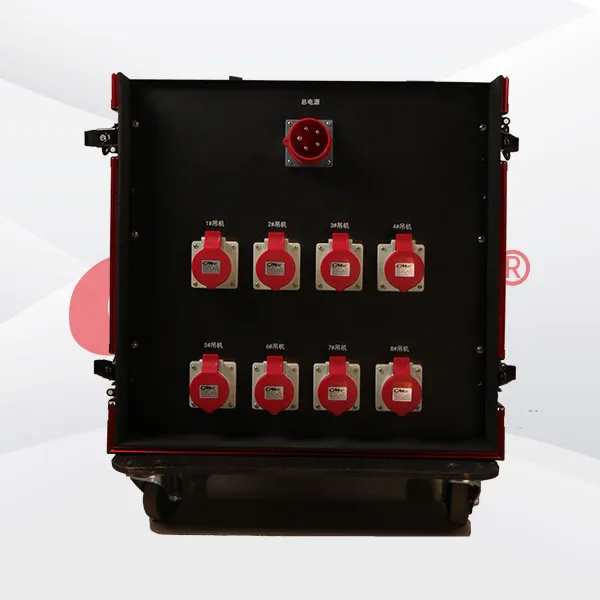
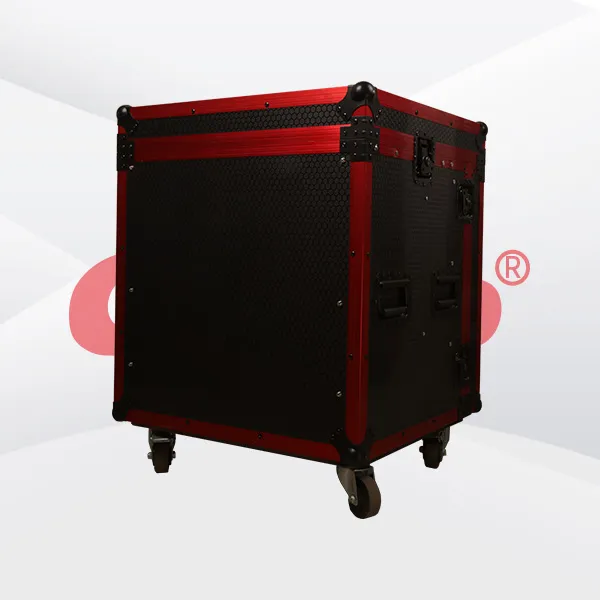
The aircraft case truss hoist controller is suitable for the quick installation and adjustment of stage lighting, sound systems, and other equipment. It performs exceptionally well in enviro
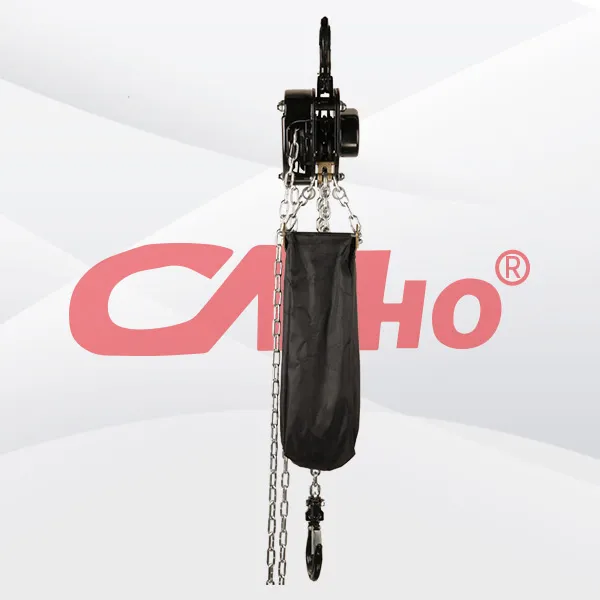
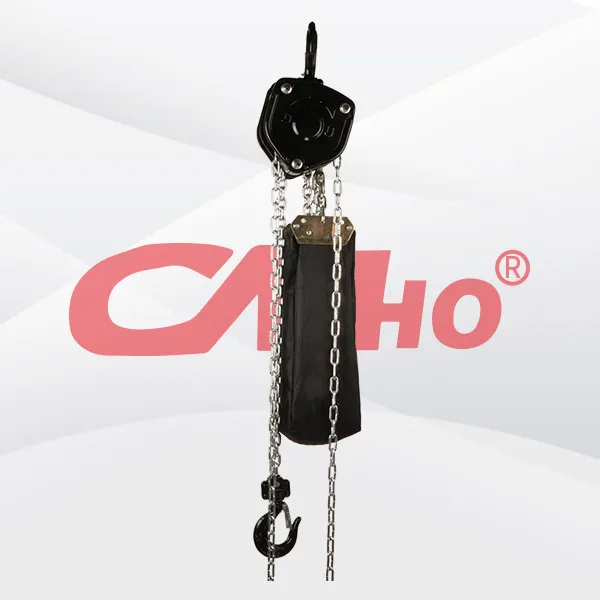
Factory-direct hand-pulled stage hoists are ideal for the quick installation and adjustment of stage lighting, sound systems, and other equipment. They perform exceptionally well in environments witho
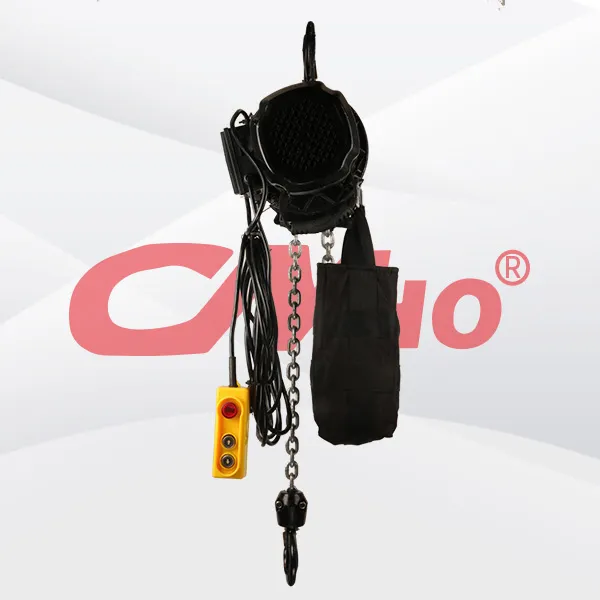
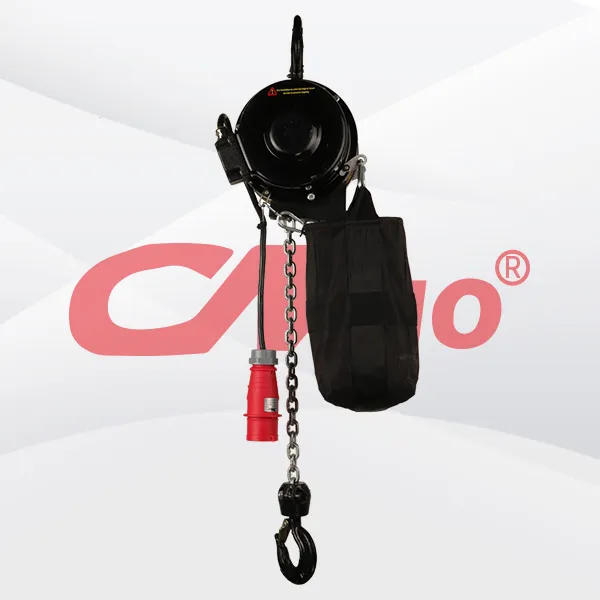
The stage truss motor equipped with a limit switch deeply integrates powerful performance, precise control, and excellent safety. It can not only easily handle the hoisting and accurate positioning of
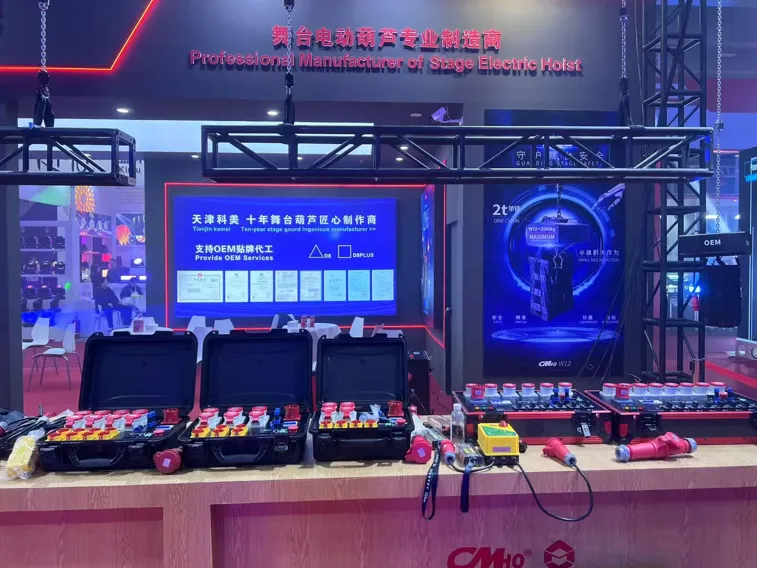
2025-02-28
创始人
0
The participation of Tianjin Kemei in the Guangzho...
Tianjin Kemei made a remarkable and eye-catching appearance at the Guangzhou (International) Performing Arts Equipment, Intelligent Acoustic, Optical and Electrical Products...
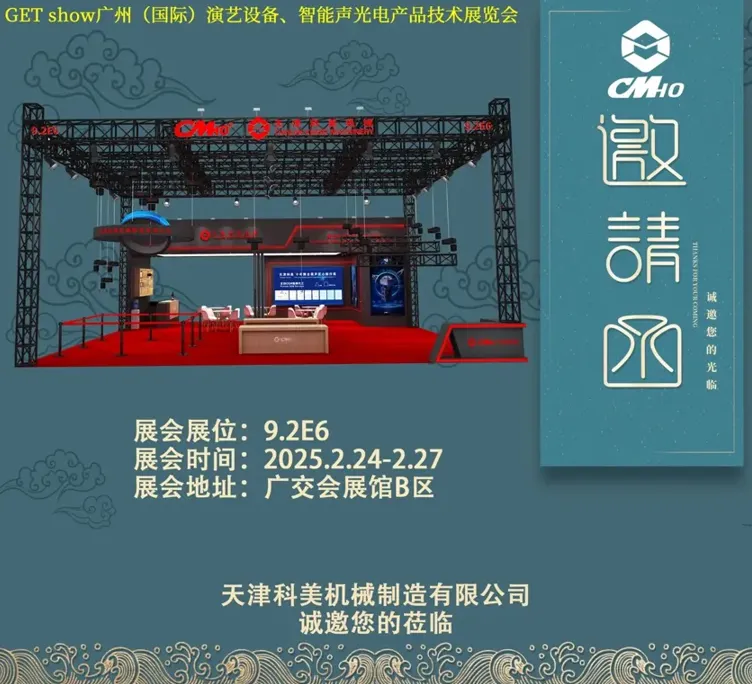
2025-02-27
创始人
0
Guangzhou (International) Performing Arts Equipmen...
In the era of the rapid development of stage lifting equipment and intelligent acousto - optic technology, every industry event serves as a crucial opportunity for innovatio...
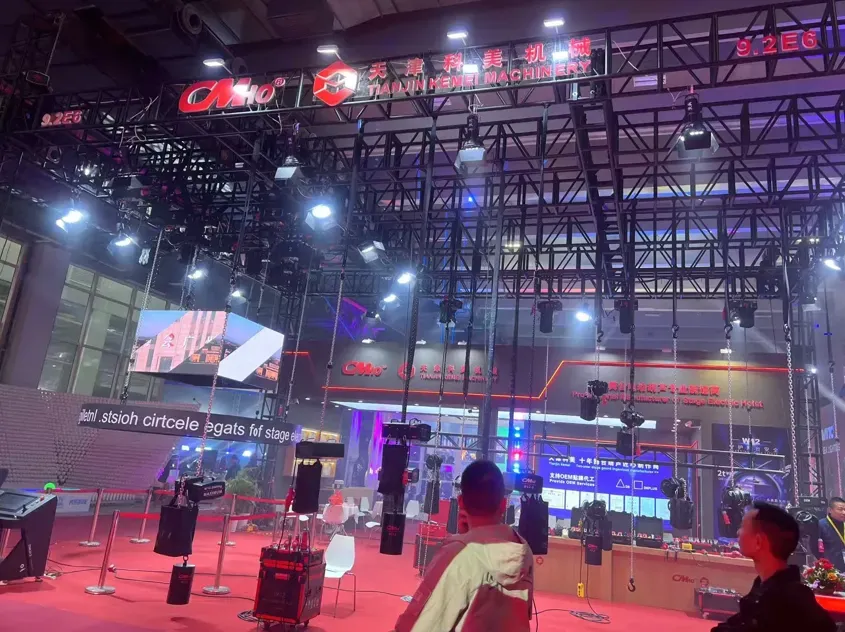
2025-02-27
创始人
0
GET show Guangzhou (International) Performing Arts...
Tianjin Kemei Machinery Manufacturing Co., Ltd. has been deeply engaged in the stage equipment manufacturing field for many years and has developed into a modern benchmark e...
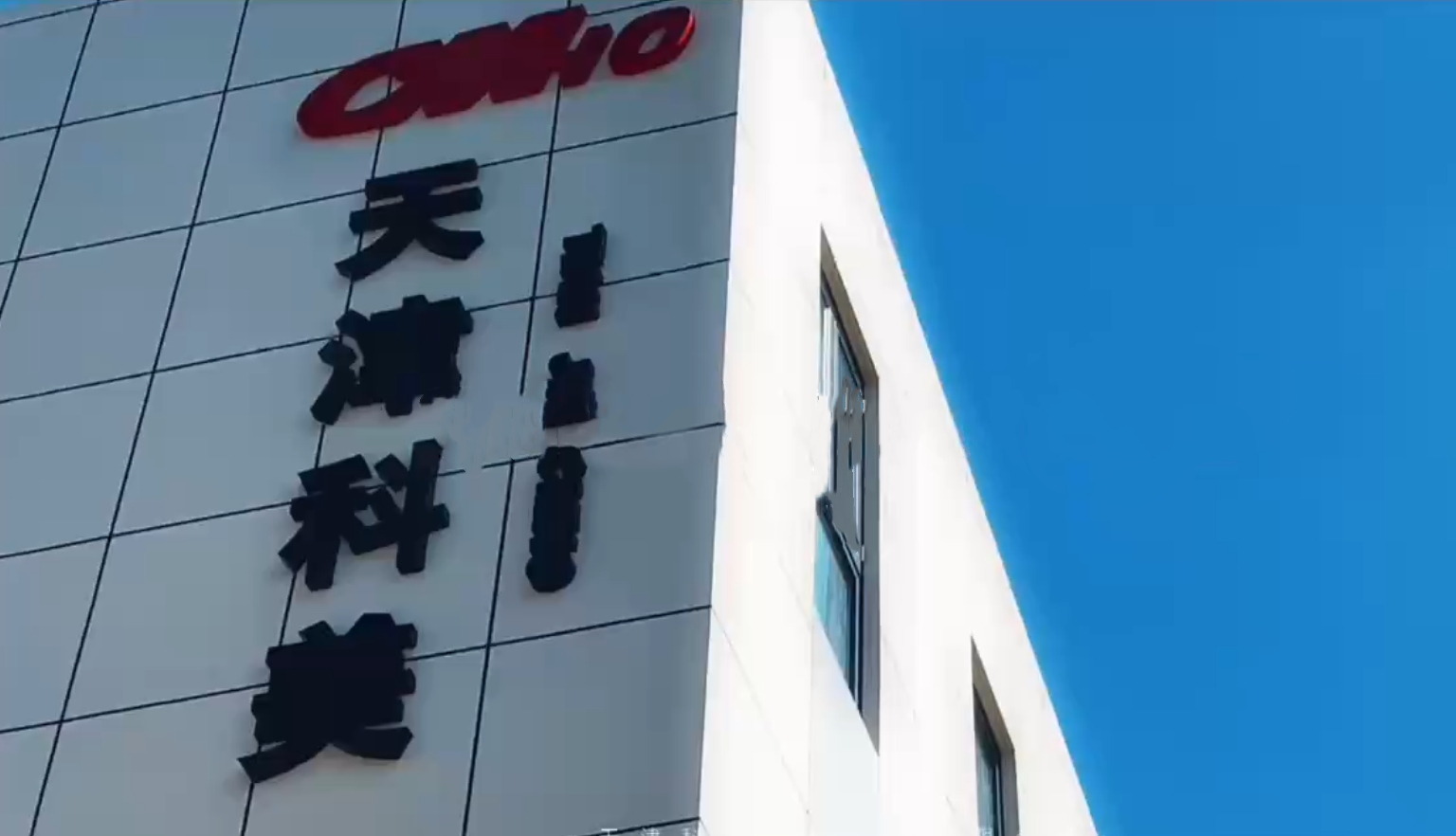
2024-09-24
admin
0
Tianjin Kemei Machinery Manufacturing Co., Ltd. Ne...
Tianjin Kemei Machinery Manufacturing Co., Ltd.: New Starting Point, New Journey - New Factory Relocation Record

